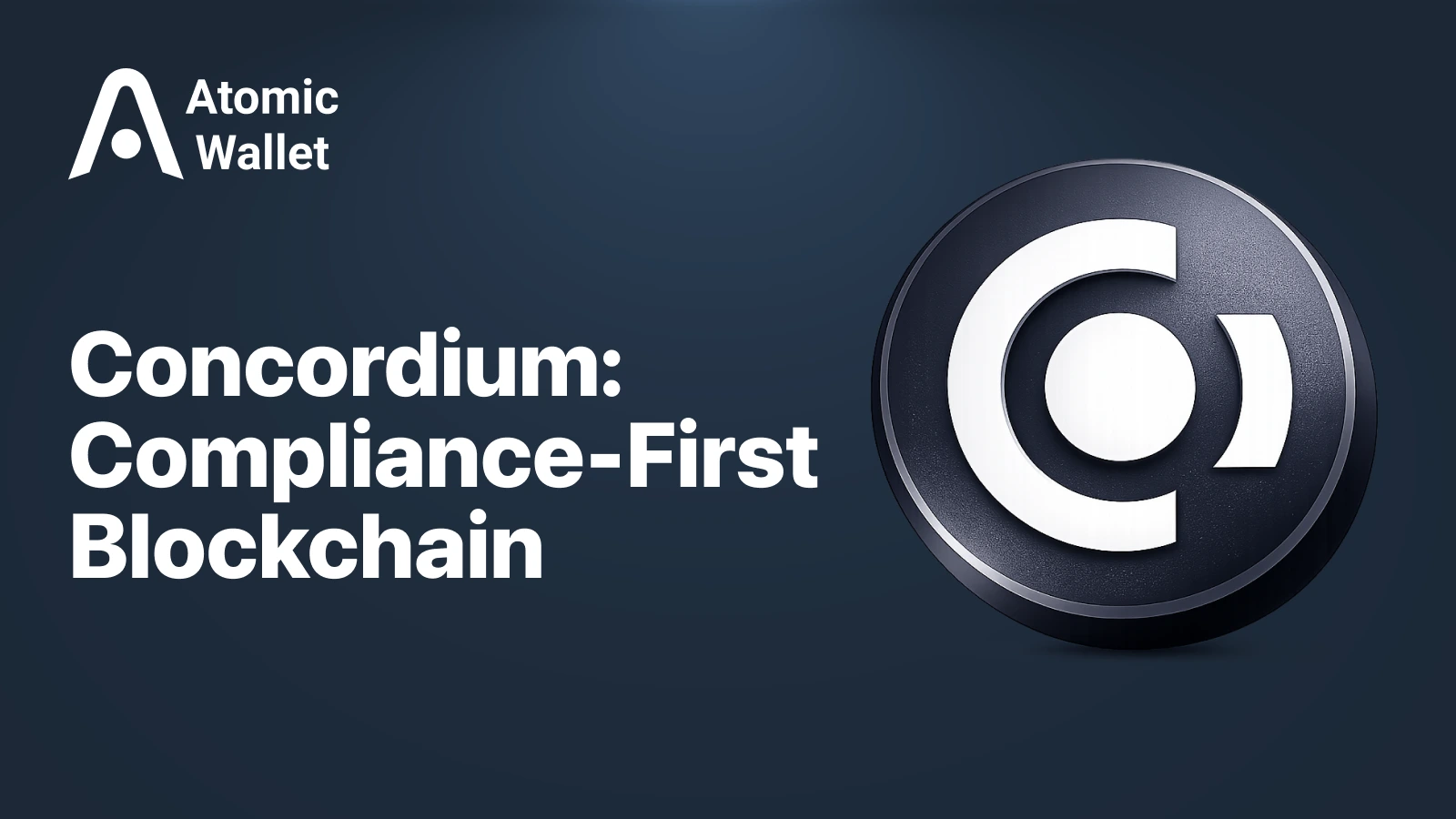Assets

Exchange

Buy Crypto

Products




Chainlink is like the bridge that connects blockchain smart contracts to the real world. Think of it as the middleman that helps smart contracts talk to things like data providers, IoT networks, websites, and businesses. This is super important because it makes sure smart contracts can use real-world data to do their thing accurately and efficiently.
Chainlink has been a game-changer for industries like DeFi (Decentralized Finance), insurance, gaming, and NFTs. By offering secure and reliable data, Chainlink has enabled transactions worth trillions of dollars. Even the World Economic Forum has given Chainlink a nod for helping different blockchain networks work together.

Chainlink is a big deal in the DeFi world. DeFi platforms need accurate and timely data to work right, and Chainlink delivers this through its decentralized oracle network. This network pulls data from multiple sources, making sure the info is spot-on and tamper-proof.
By providing trusted external data, Chainlink keeps the DeFi ecosystem running smoothly. Its technology is driving innovation and growth, making it a must-have in the crypto space.
Chainlink's a big deal in the DeFi space, making smart contracts way more useful. Let's break down three cool ways it's being used: price feeds, weather data for insurance, and randomness solutions.
Chainlink's got this nailed. It delivers accurate price feeds, which are crucial for DeFi apps like lending platforms, derivatives, and stablecoins. For instance, it provides the USD price of Ethereum through the ETH/USD Price Feed. This feed pulls data from multiple independent oracle nodes and sources, ensuring you get reliable and decentralized info.
Weather Data for Insurance
Chainlink's also a game-changer for the insurance industry. Take Arbol, for example. They use Chainlink to get weather data for crop insurance. This means farmers can get insurance payouts based on real-time weather conditions. Chainlink's decentralized oracle network makes sure this data is transparent and tamper-proof.
Randomness Solutions
Chainlink's randomness solution, Verifiable Random Function (VRF), is a lifesaver for gaming apps. It ensures fair and unbiased random events, like in-game scenarios or prize draws. This is key for keeping trust in decentralized gaming and lottery systems.
Chainlink's features and use cases show its huge impact on DeFi and beyond. By providing reliable price feeds, weather data for insurance, and randomness solutions, Chainlink keeps pushing the boundaries of decentralized applications.
Chainlink (LINK) is the lifeblood of the Chainlink network, powering its decentralized oracle services.
Chainlink is a decentralized oracle network on the blockchain. It lets smart contracts tap into external data sources like APIs, internal systems, and other data feeds. LINK, an ERC-20 token, is the currency used to pay for these oracle services.
Key Features of LINK:

Understanding how LINK tokens are spread out helps you get the Chainlink picture. The total supply is capped at 1 billion, with a big chunk handed out during the Initial Coin Offering (ICO) and some kept by the founding team.
Unlike many other cryptos, LINK doesn't get mined or traditionally staked to boost its supply. But there's a unique staking process for Chainlink node operators.
Node Staking:
Chainlink node operators stake LINK tokens to compete for data requests. The winning operator delivers the needed info to the smart contract and gets paid in LINK tokens. This staking system motivates node operators to gather more LINK, giving them a shot at bigger and better data contracts.
Grasping the distribution and staking of LINK helps newbies see how the token works within the Chainlink network and why it's key to the network's decentralized oracle services.

Meet the "LINK Marines," Chainlink's die-hard fans. These folks aren't just any crypto enthusiasts; they're loud, proud, and everywhere. Their passion has put Chainlink on the map, making it a household name in the crypto world. Thanks to their relentless tweeting, posting, and chatting, Chainlink's social media game is on fire. The LINK Marines' energy has turned into real numbers, boosting mentions, participation, and overall buzz around the project.
This strong community vibe builds trust and makes newbies curious about what Chainlink's all about.
Chainlink isn't just another crypto project; it's the backbone of DeFi and beyond. By offering reliable data, Chainlink keeps various on-chain products running smoothly. Think of it as the glue that holds everything together, providing accurate info for price feeds, weather data, and even randomness.
But Chainlink's magic doesn't stop at DeFi. It's like a bridge connecting traditional systems—like data providers, IoT networks, and websites—to any blockchain. The World Economic Forum even gave it a shoutout for making traditional and decentralized systems play nice together.
By offering this crucial infrastructure, Chainlink boosts the trust and functionality of blockchain apps, making it a must-have in the crypto toolkit.

What is Concordium? Learn how this compliance-first blockchain handles regulated privacy, what the CCD token is used for, how Concordium staking works, and how to buy CCD.